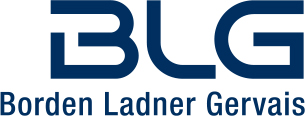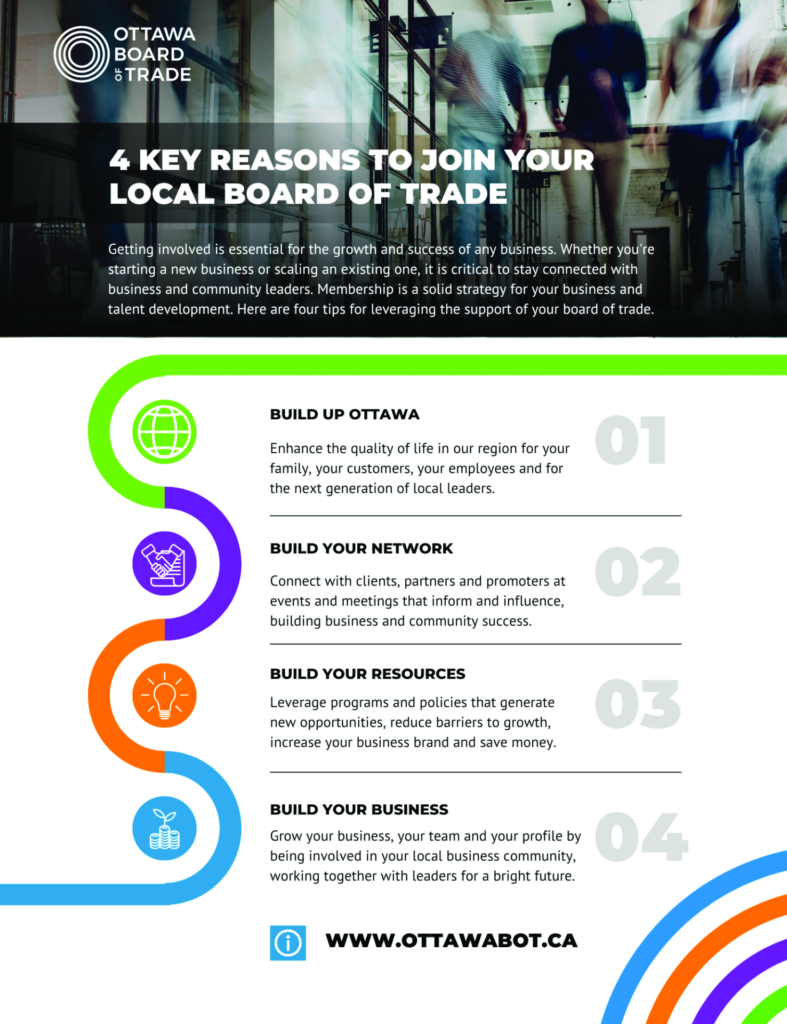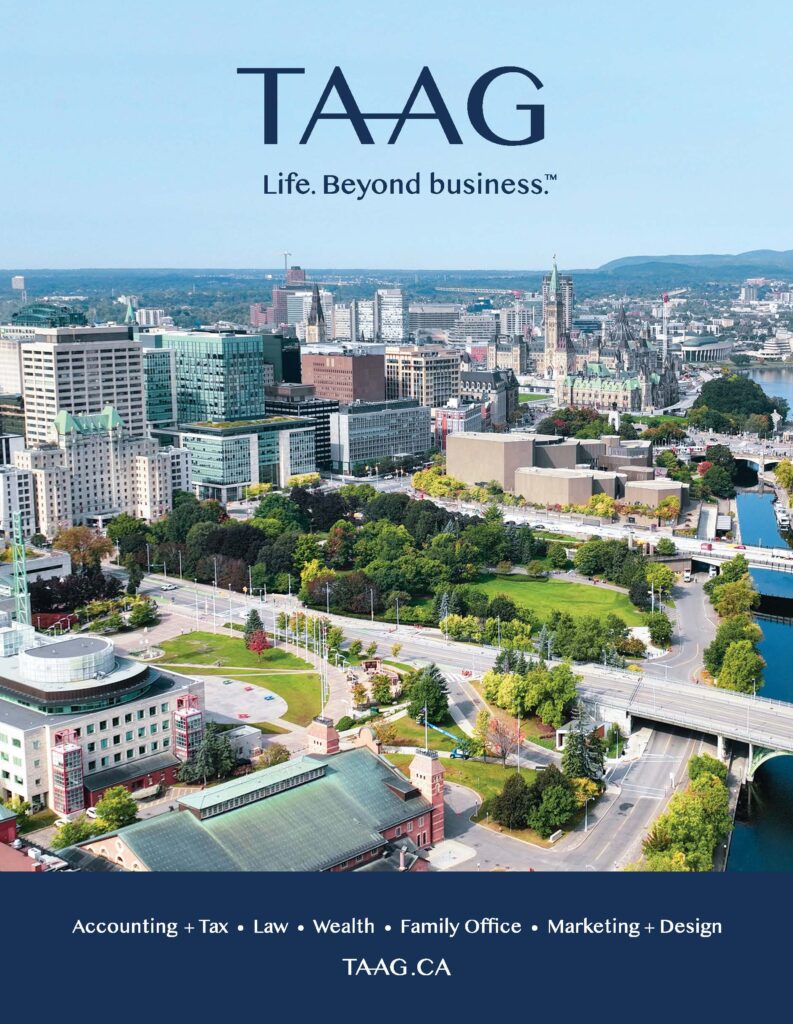Diversity and Inclusion – The Way Forward

On all fronts, issues of diversity and inclusion are increasingly finding their way to the forefront of our society. To keep up, employers are increasingly turning their minds to ways in which they can foster a diverse and inclusive workplace.
Before diving in, it is important to note that diversity and inclusion go hand in hand. While diversity is generally understood to mean representation in the workplace, inclusion is the general acceptance and ideally, and appreciation for diversity.
While there is no explicit legal requirement for employers to implement a diversity and inclusion strategy or policy, it is certainly highly recommended for a number of reasons.
The first is that the law is evolving.
The Ontario Human Rights Code (the “Code”) prohibits discrimination under its enumerated grounds and requires on the same basis, and the spirit of the Code is to make individuals feel accepted and included, including in the workplace.
While the Codes does not explicitly require a diversity and inclusion policy, of note is that there have been recent decisions from the Human Rights Tribunal of Ontario where an applicant’s claim regarding a poisoned work environment was not supported because the evidence showed that the employer had a diversity and inclusion policy that was widely disseminated in the workplace. The Tribunal also gave the employer credit for having promptly retrained employees on the policy upon receiving the applicant’s complaint internally.
In short, developing and implementing diversity and inclusion policies can serve employers well both to prevent discrimination claims, but also to demonstrate to a court or a tribunal that they are taking active steps to create a workplace free from discrimination as required under the Code.
In some respects, an employer’s obligations relating to diversity and inclusion have been codified in law.
For example, as of January 1, 2020, all public corporations incorporated under the Canada Business Corporations Act (the CBCA) are subject to expanded diversity disclosure requirements. In addition to the existing disclosure requirements regarding women on boards, federally incorporated public companies (including venture issuers) now have to provide specific information to their shareholders as it pertains to internal policies on “designated groups”, defined under the Employment Equity Act (Canada) to be persons with disabilities, members of visible minorities, women and Aboriginal peoples.
The impact of this new requirement under the CBCA means a significant increase in the number of corporations that are now subject to diversity disclosure requirements. Inevitably, this likely means a significant increase in employers and workplaces who will be turning their mind to adoption or expanding their inclusion and diversity policies.
In addition to any legal requirements or benefits, diversity and inclusion also make good business sense.
A meaningful commitment to diversity and inclusion – that is the thoughtful development and implementation of a policy or strategy – can boost employee morale. Productivity is also tied to employees feeling welcomed valued for who they are as individuals.
Research shows that inclusive teams make better business decisions more quickly and efficiently.
Strong diversity and inclusion policies can also attract and retain business, as well as top talent. Clients and potential employees are shown to be increasingly drawn to companies that demonstrate an active commitment to diversity and inclusion.
But how do we get there?
Organizations need to embrace diversity and inclusion at all levels in order for it to stick.
That starts with a commitment at the top, and an acknowledgment from every employee that diversity and inclusion require everyone to be involved.
A commitment to diversity and inclusion isn’t sufficient. In addition, the development and implementation of strong policies that put the commitment into action is required. Because diversity and inclusion policies are not explicitly required by law, the good news is that employers do have considerable flexibility in developing something that works best for their business and workplace.
Finally, because diversity and inclusion require all employees to take part, training, and education are key to driving meaningful change within the organization. As discussed above, demonstrating an active commitment to diversity and inclusion through training can be of assistance with arising legal issues.
There are many great resources available for organizations looking to take a proactive approach to diversity and inclusion, including our Labour and Employment Team at BLG.
























